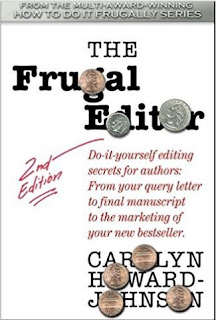.jpg) |
© Linda Wilson
Photo from Linda's latest book: Waddles the Duck: Hey, Wait for Me!
@LinWilsonauthor
Once the basics for marketing your books are done, such as creating a website, exploring ways for people to discover you and your books, etc., that’s when the fun begins! 100 covers, https://100covers.com/, a company I’ve been associated with for years now, has announced a new service they are providing: creating A+ content for authors.
Tricky Quirks of the Trade
It was days before my first book, Secret in the Stars: An Abi Wunder Mystery, illustrated by Tiffany Tutti, would be published. Stars had been edited and the illustrations completed. However, the company I had worked with, known as a vanity press because I paid them for their services, turned out to be a scam. Needless to say, the company is now out of business. Word to the wise: Thanks to excellent advice in 10 Publishing Myths: Insights Every Author Needs to Succeed, by W. Terry Whalin: When considering a publishing company, Google: Publisher name + complaints. That’s how I found out what this vanity press company was up to. A private Facebook page had been set up so authors could tell their stories and help each other out.
I was one of the lucky ones. I was able to retrieve the files for the text and interior and cover illustrations before the company went out of business. Not all the authors who used this press were so lucky. Some of them were unable to retrieve their files and therefore unable to publish the books this company had promised.
Discovery of a Multi-Faceted Company
After flailing around for a few days, I went to work. An author friend recommended I try a company called Formatted Books, https://formattedbooks.com/. Maybe they could help me. The rest is history.
Formatted Books took over my project. A sister company, 100 Covers, helped create the cover. And in 2020 a professionally-put-together Stars was published, a book I am very proud of.
Another sister company, 1000 Storybooks, https://1000storybooks.com/, edited and illustrated my picture book, Tall Boots, another book I’m very proud of.
Check these companies out. They offer extremely reasonable prices for their services. Secretly, I think they understand that self-published authors must pay for all their services. They offer reasonable rates to help us out.
100 Covers’ New Service: A+ Content
This post sounds like an ad for these companies. In a way, I’m doing just that. It’s because I could do all the services that they offer myself. I know many authors who do. But if you’re pressed for time like I am and have the funds, the services that these related companies offer are invaluable.
What is A+ Content? It is the “extra touch” you can add to your Amazon author page. A+ content can consist of your book cover, illustrations from your book, enticing text, and photos of children reading your books. A good example is the A+ content for You are an Amazing Girl, by Nadia Ross. Scroll down the page for one of the best displays of A+ content I found while researching what I wanted to do.
https://www.amazon.com/You-are-Amazing-Girl-Self-Confidence/dp/B09LB1QFP6/ref=sr_1_3_sspa
For do-it-yourselfers, you can find information on how to create A+ content here: https://sellercentral.amazon.com/gp/help/external/G202134820.
I wish you the best of luck with your writing projects and all you do to inspire readers to learn about your books. If you have created A+ content for your books, please submit a comment and tell us about what you've experienced.
· Linda Wilson lives in Albuquerque, New Mexico. She
is a classical pianist and loves to go to the gym. But what Linda loves most is
to make up stories and connect with her readers. Visit Linda at https://www.lindawilsonauthor.com. Sign up
for Linda’s quarterly giveaways. Choose your prize!
Find Linda’s books at https://www.amazon.com/author/lindawilsonchildrensauthor.
.JPG)



















